Google Ads will no longer support similar segments. What impact will this change have on ad campaigns?

In recent years, Google Ads has proven to be one of the leading platforms for digital advertising, offering advertisers the ability to reach millions of users worldwide through targeted and personalized ads.
However, Google recently announced a major change in its ad targeting options: the elimination of similar audience segments starting in 2023.
In this article we will explain what Google Ads audience segments are and the implications of this decision by Google, analyzing how it might affect ad campaigns and how we can adapt to these changes.
Google Ads without similar audience segments: what does it mean?
According to Eduardo Indacochea, senior product management director, Google Ads Platform Solutions, reports.
"Starting May 1, 2023, Google Ads will no longer generate similar audience segments (also called "similar segments") for targeting and reporting. If you have active campaigns with similar segments, they will remain within the campaigns until August 1, 2023. After this date, similar segments will be removed from all ad groups and campaigns. You will continue to have access to historical reports for similar segments from previous campaigns."
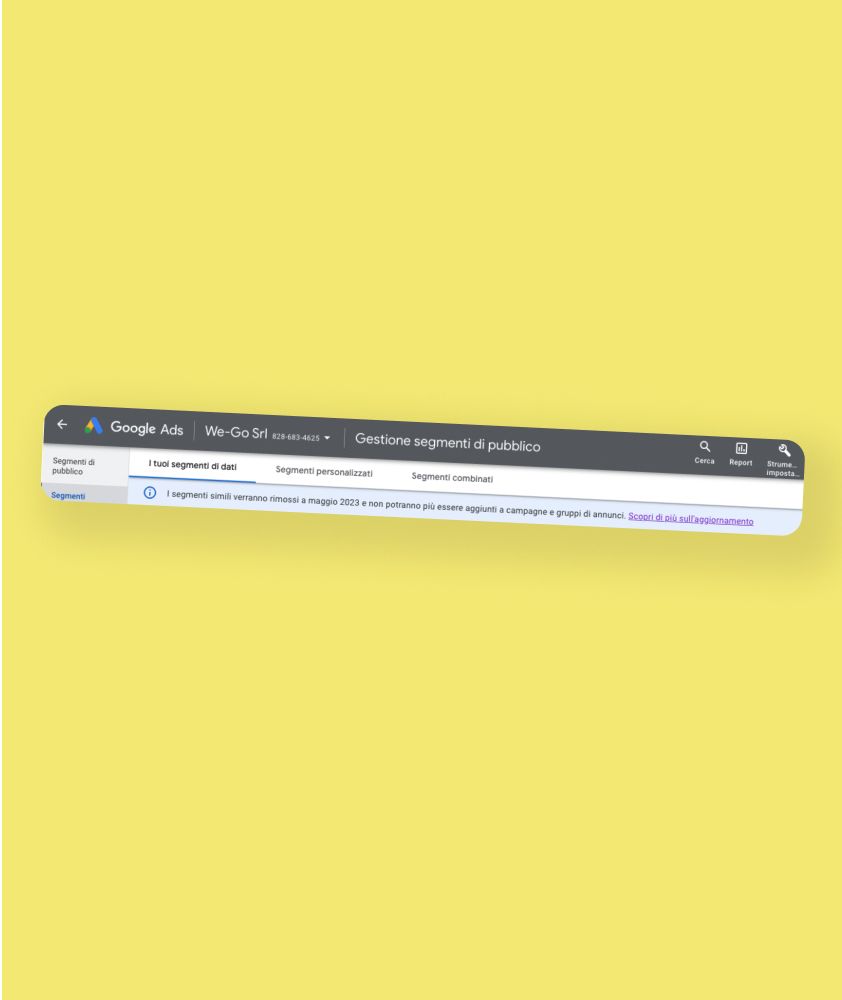
What does this mean?
- As of May 2023, new similar segments will no longer be generated and existing ones will no longer be added to campaigns and ad groups on Google Ads and Display & Video 360. Ad groups and campaigns to which similar audiences are already attached will continue to function as intended.
- Beginning in August 2023, similar audiences will be removed from all ad groups and campaigns. Historical report data on similar segments from previous campaigns will still be accessible.
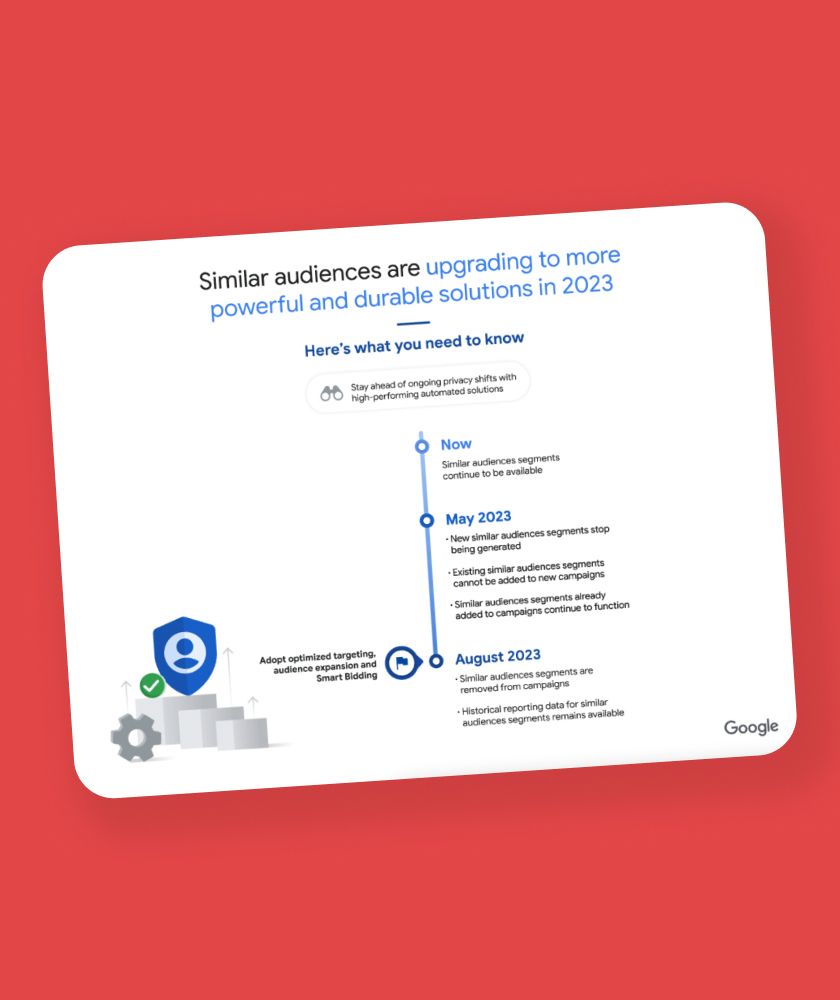
What are audience segments?
Audience segments in Google Ads are a tool that allows advertisers to define specific groups of people to whom to show ads. Audience segments allow you to reach specific groups of users based on several criteria, such as:
- Geographic location
- Age
- Gender
- Interests
- Behavior within a site
- Customer e-mail lists
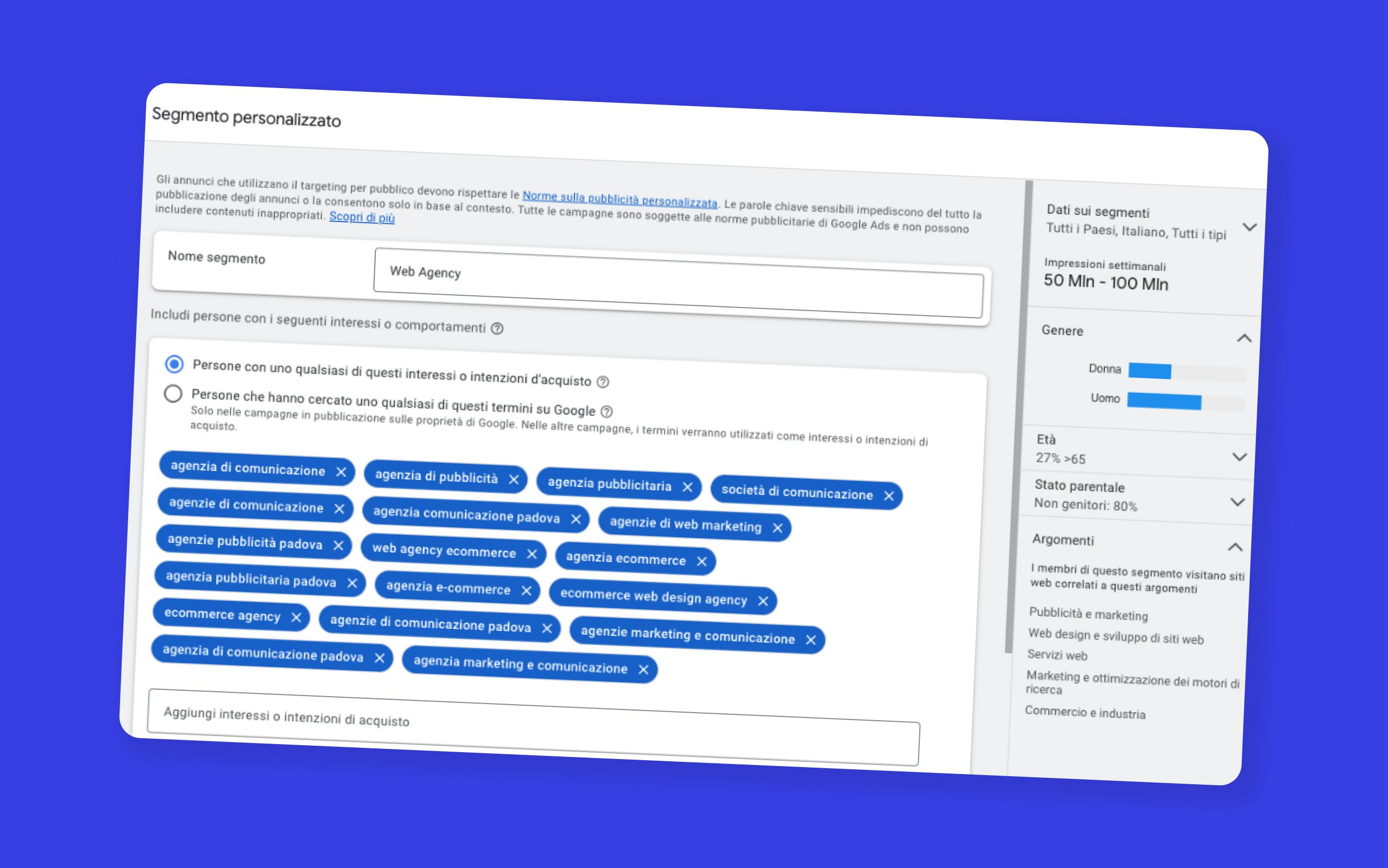
Let us try to make the topic more understandable. When the user accepts third-party cookies on a website, but also on Google itself, data about the user's searches and browsing are not lost, but used to create a profile based on the user's interests and behaviors and saved in Google Ads audience segments.
Audience segments allow advertisers to show ads only to people who meet certain segmentation criteria. This allows you to optimize your marketing strategy and consequently increase the likelihood of success.
What are (or what were) similar audience segments?
Similar audiences are another Google Ads feature that allows you to reach new users with similar interests and behaviors as your target audience.
Basically, once you have created a specific audience, Google Ads will automatically go on to create a "similar segment" to reach an even larger audience with similar characteristics to your target audience.
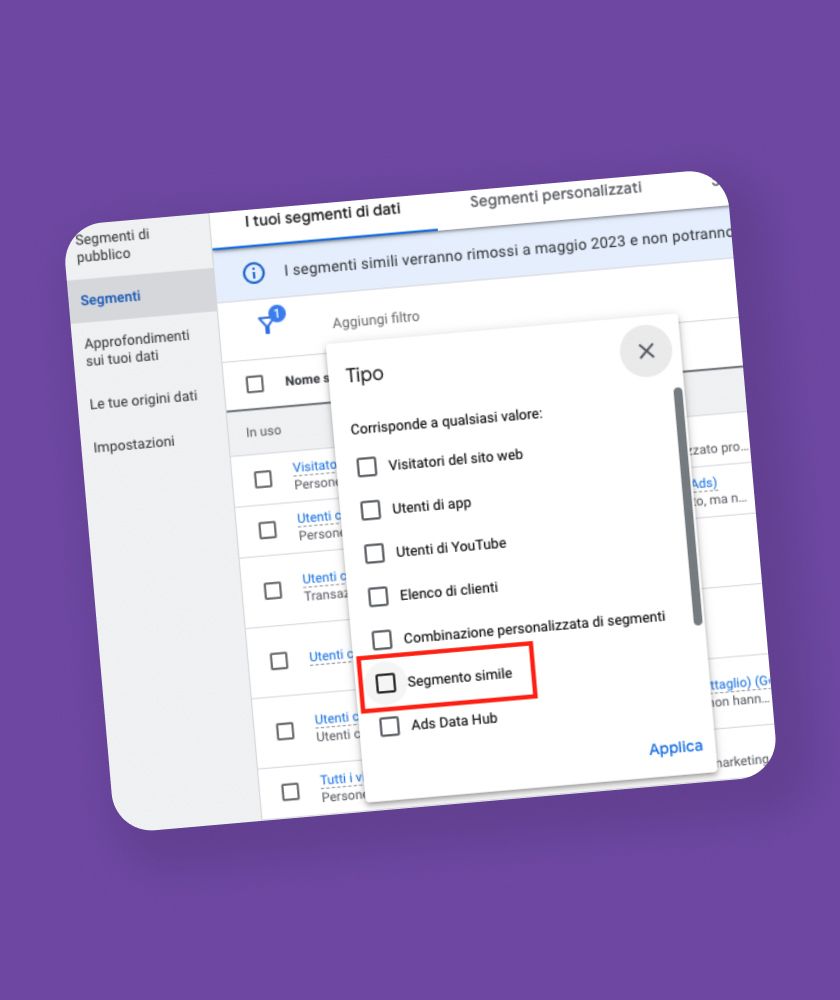
If we go to create a segment of users who have generated a conversion within a landing page (e.g., users who have filled out the Contact form), we will have a similar segment available, which according to Google's algorithm is more likely to make that type of conversion. In essence, similar segments allow you to reach users who have similar characteristics to your target audience. This feature is particularly useful, for example, in campaigns with a "brand awareness" objective, but also in campaigns with a "lead generation" objective.
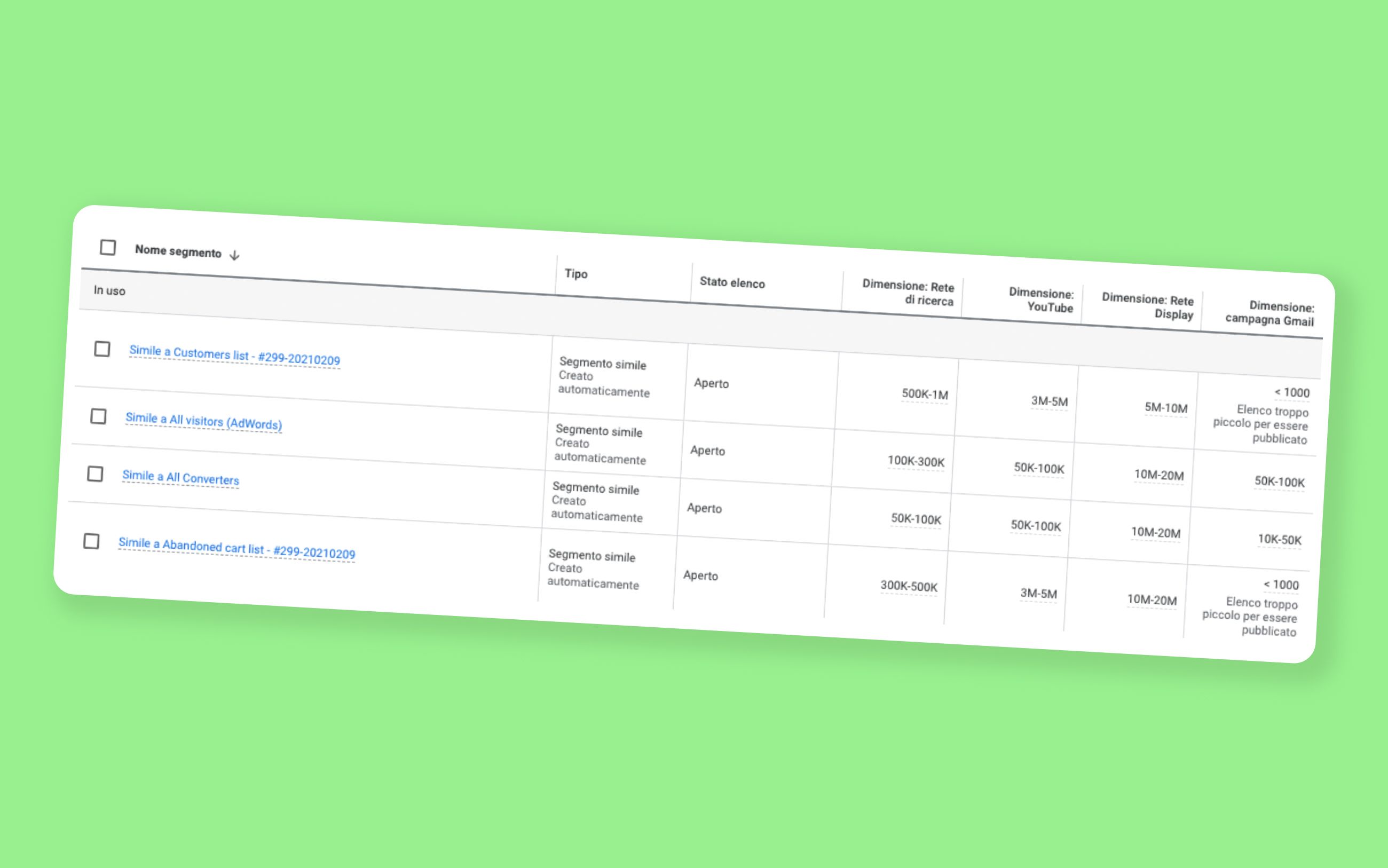
Why did Google dismiss similar segments?
With the phasing out of third-party cookies and the loss of relevancy of visitor data, Google is focusing on solutions such as optimized targeting, audience expansion, and smart bidding that will continue to help reach relevant audience segments while adapting to new privacy regulations to ensure the protection of user data. We therefore believe that a loss of effectiveness on cookie management has forced Google to eliminate these segments, moving increasingly toward the use of marching learning (optimized targeting, audience expansion, and smart bidding).
Google abandoning similar audience segments: what are the consequences?
Abandoning similar audiences on Google Ads can have a significant impact on campaigns that use them as they are an important source of highly relevant traffic.
Campaigns may experience a decrease in traffic volume and conversions unless other effective targeting strategies can be identified and adopted.
However, moving away from similar audiences could also lead to an improvement in traffic quality and conversions, as similar audiences rely on third-party cookies and if these data are not relevant or do not reach a sufficient volume these lose relevance. According to data we have extrapolated from our clients' websites, on average only 32 percent of users consent to the processing of their personal data for marketing purposes from the appropriate item in the cookie policy banner. Having to work better on audience segments using optimized targeting, audience expansion and smart bidding a server side approach would definitely bring improvements on the tracking side and efficiency of our advertising campaigns.

